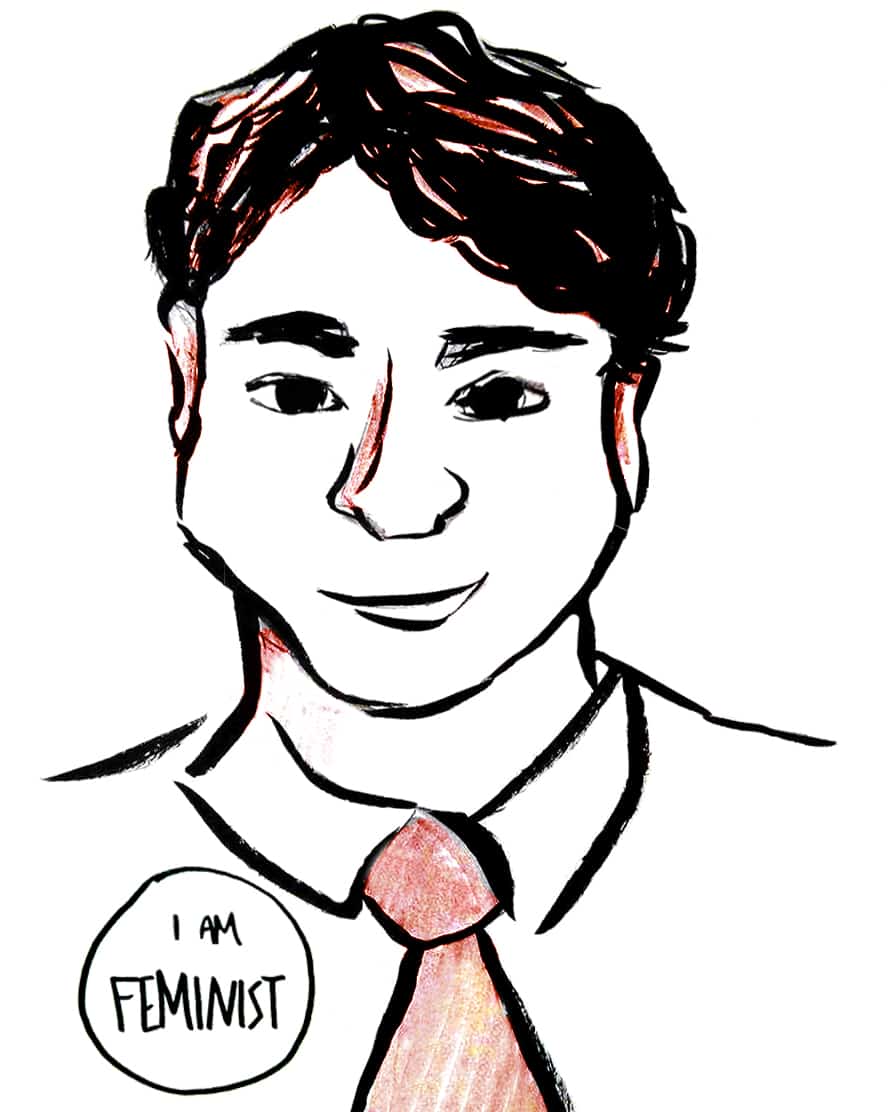[dropcap]F[/dropcap]ew proceedings in the House of Commons have influenced public discourse as much as the May 18 events. During a regular sitting of the House with an impending vote on assisted dying legislation, Prime Minister Justin Trudeau crossed the aisle to pull Conservative Whip Gord Brown toward his seat, in an effort to speed up the beginning of the vote. In the process, Trudeau elbowed New Democratic Party (NDP) Member of Parliament (MP) Ruth-Ellen Brosseau in the chest. Outcry from members, extensive media coverage, and the public’s response have led to this event being dubbed ‘Elbowgate.’
Many individuals, including prominent NDP MPs, have made the claim that elbowing Brosseau and subsequently causing her to miss the vote was by nature a gendered issue. Some went so far to say that Trudeau’s actions were reminiscent of instances of violence against women, and that he made the House of Commons an unsafe space for women to work.
Trudeau’s elbowing of Brosseau was, by all means, rude and unnecessary. It showed the Prime Minister’s impatience for proceedings to begin and his entitled attitude within the House. However, calling it misogynistic or anti-feminist misses the lack of intent on Trudeau’s part to harm Brosseau. It dismisses and overshadows his intentional actions towards Brown. Worst of all, it detracts from instances of actual violence towards women and the inequality they do often face at home and in the workplace.
The video of the proceedings shows that Trudeau was only attempting to physically pull Brown towards his seat. It shows that the contact made with Brosseau was almost certainly accidental, because Trudeau’s aim was to get Brown in his chair and to start the vote.
Fixating on Trudeau’s treatment of Brosseau discounts the lack of decorum the Prime Minister exhibited toward Brown and the entire Parliamentary voting process. It overshadows the deliberate breach of physical barriers towards an opposition member — Brown, not Brosseau. Viewing Trudeau’s actions through a gendered lens has detracted from his actual wrongdoing of attempting to physically coerce an opposition whip.
Physical violence in the workplace, in any context, is unequivocally wrong. That being said, Trudeau was immediate and clear in his apology to Brosseau, stating that he did not mean to harm her and that the physical harm committed against her was entirely accidental. It was clear from the video and Trudeau’s subsequent actions that the intent to harm Brosseau was not present.
On the other hand, Trudeau’s reluctance to apologize to Brown may indicate that he felt justified in those deliberate physical actions. The bulk of Trudeau’s actions were targeted against a male member of Parliament, which a gendered approach to the situation overlooks.
[pullquote]Hyper-partisan comparisons like those made by NDP MPs Niki Ashton and Brigitte Sansoucy — which linked Trudeau’s accidental elbowing of Brosseau to workplace and domestic violence — serve only to trivialize the severity of problems faced by hundreds of thousands of women in this country.[/pullquote]
Treating the physical harm done to Brosseau as more newsworthy and malicious than that done to Brown perpetuates the stereotype that women are inherently weaker and more fragile — that they should be protected even in settings where they are said to be equal.
Portraying women as victims in situations is not the solution to equality. It may increase public attention towards these issues, but it also creates a plethora of long-term problems, stemming from the fact that the differential treatment of women, once again, takes the idea of equality out of the picture.
Linking problems of gendered violence to an accidental and highly-publicized case is unacceptable. It redirects attention away from the struggles of actual victims of gendered violence and the platform they have to express the issues they go through. While partisan uproar over the incident delayed proceedings, Teta Bayan, a temporary foreign worker making a living as a nanny, lost the opportunity to speak on behalf of thousands of others in her position, in the hopes of improving working conditions.
By using Elbowgate as a gendered chit against the Prime Minister, the NDP has set themselves back further from their goal of achieving equality. Hyper-partisan comparisons like those made by NDP MPs Niki Ashton and Brigitte Sansoucy — which linked Trudeau’s accidental elbowing of Brosseau to workplace and domestic violence — serve only to trivialize the severity of problems faced by hundreds of thousands of women in this country.
Equally harmful are the partisan-fuelled assertions that Trudeau’s actions toward Brosseau discount his claims of being a feminist and invalidate the efforts he has made to promote the equality of women within the political sphere, like instituting a gender-equal cabinet. Both types of partisan statements serve to create the precedent that women’s issues should be sensationalized when necessary, rather than treated with care, legitimacy, and respect.
Yes, Trudeau’s actions were rude and lacking in decorum. However, viewing the issue through a gendered lens for partisan purposes works against the federal government’s shared goal: equality for women in the workplace and all other spheres.
Daryna Kutsyna is a fourth-year student at Trinity College studying International Relations and History. She is the president of Equal Voice U of T; the views expressed here are her own.


